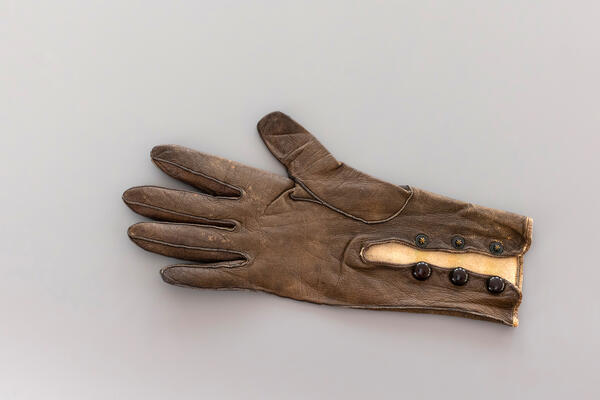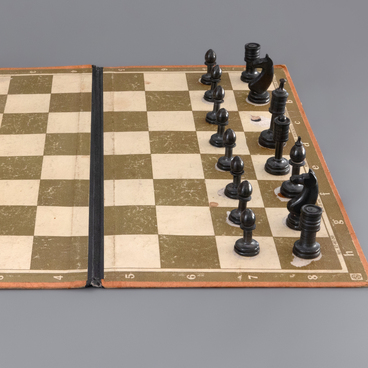The Penza Literature Museum houses a glove dating back to the first third of the 19th century.
Over the course of many centuries, gloves have undergone many transformations. In addition to their primary function as a garment, they have served as an element of etiquette, a tool for flirting, and even a means of challenging someone to a duel.
Among the ancient Assyrians and Egyptians, gloves were symbols of nobility and were of great importance. Women applied honey and oils to their hands before putting on silk gloves. In ancient Greece, gloves served primarily working and protective purposes. Shepherds and farmers used them in their daily lives, while they were not common among the nobility. In ancient Rome, gladiators and athletes protected their hands during fights by wrapping long strips of untanned leather around them, leaving only their fingers exposed.
Among the ancient Assyrians and Egyptians, gloves were symbols of nobility and were of great importance. Women applied honey and oils to their hands before putting on silk gloves. In ancient Greece, gloves served primarily working and protective purposes. Shepherds and farmers used them in their daily lives, while they were not common among the nobility. In ancient Rome, gladiators and athletes protected their hands during fights by wrapping long strips of untanned leather around them, leaving only their fingers exposed.





